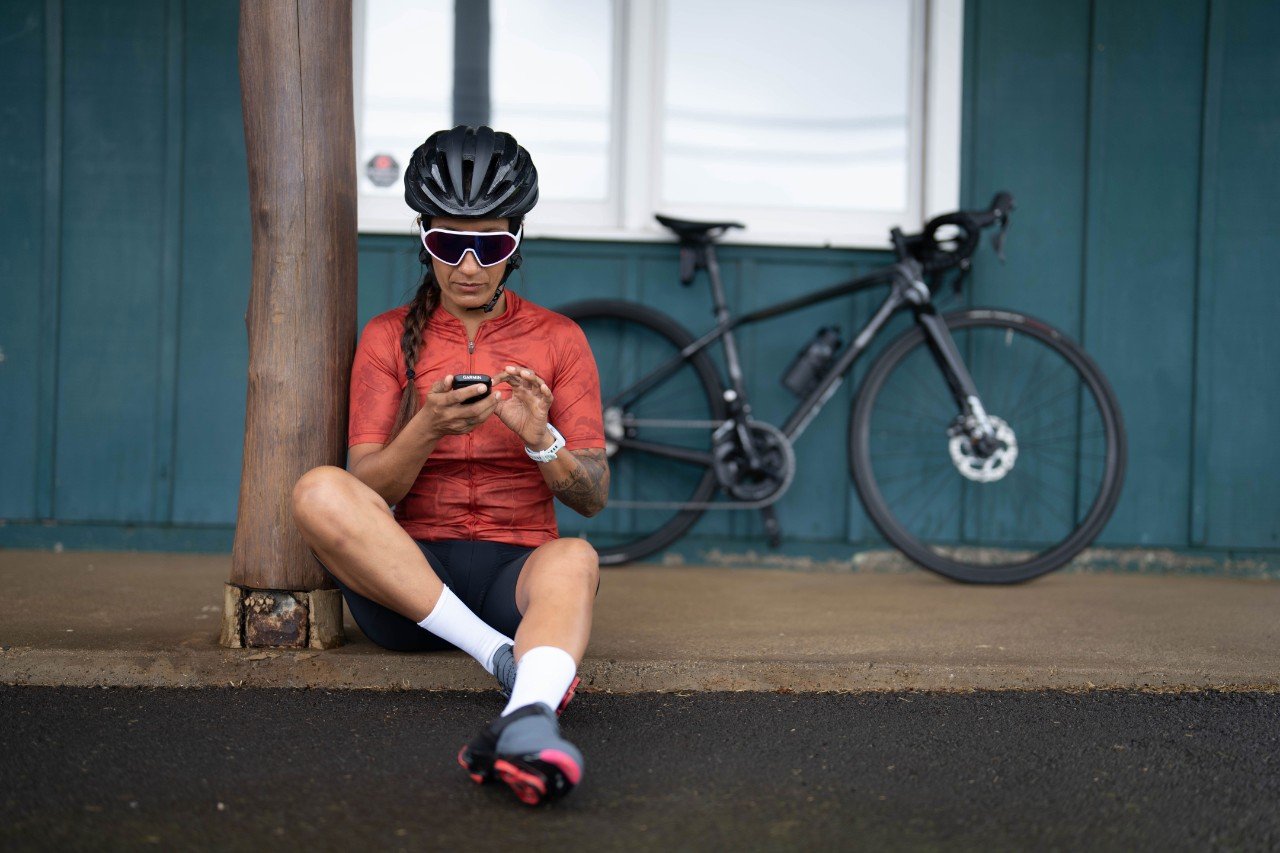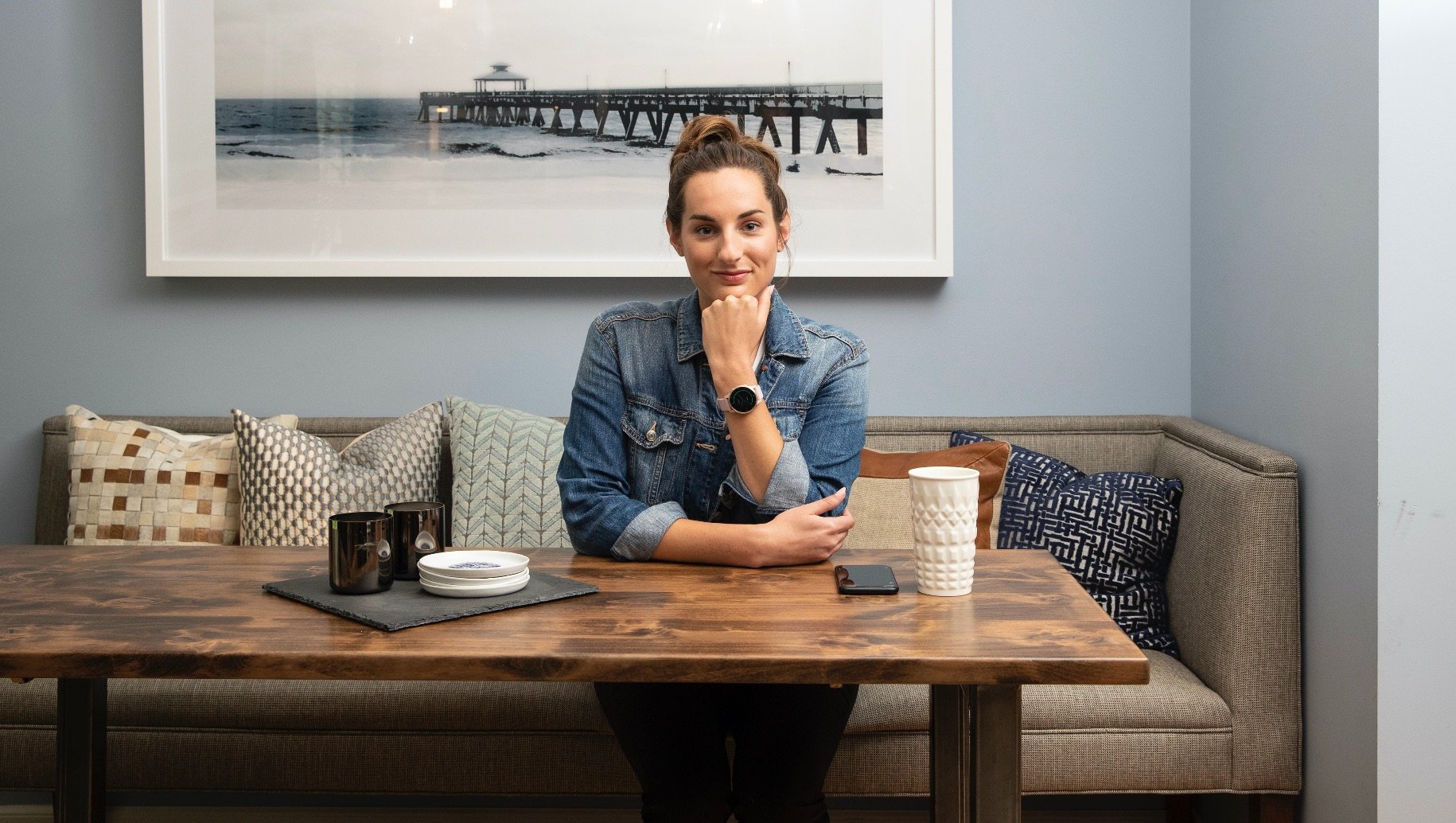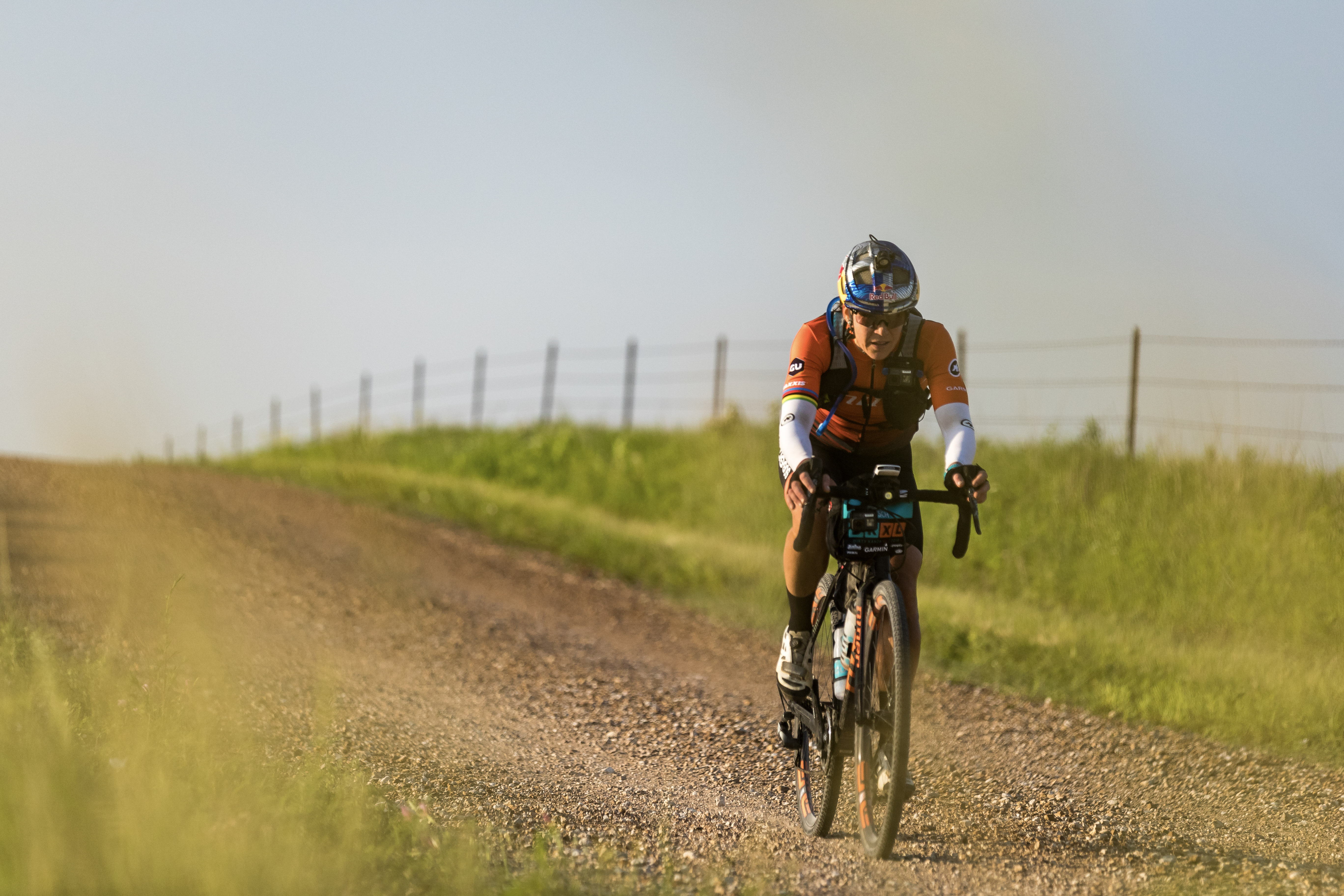
An Interview with Rebecca Rusch on the Dirty Kanza XL
Garmin Sponsored Athlete Rebecca Rusch recently completed the Dirty Kanza XL- a 350 mile gravel race. She won for the females with a time of 28:28:25. Below we interview her about this experience:
Garmin: You had to self-support for this race. How do you begin planning for a race of this nature and how did Garmin assist you with on-course logistics?
RR: This kind of a race is right up my alley when it comes to navigating, planning logistics and being self-supported. I have years of experience doing this kind of stuff in the backcountry, but this was the longest non-stop gravel ride I’ve ever done. The planning included reviewing the route file that we were sent before the race. At home, I was looking at key elements like mileage, elevation gain, distances between towns and resupply points and the type of terrain. By reviewing the course file and details at home, I was able to strategize and make decisions on what equipment to bring, how much water and food capacity I needed, how many hours my electronics like my 1030 and lights needed to run and how I would carry all of these things. After the planning at home and the packing and repacking of the bike configuration, then it’s time to do the ride. I used my beloved Edge 1030 for this event because it has great navigation features along with all of the cycling features such as power and heart rate. While I don’t use those stats to dictate my speed while riding a distance this long, it is really fun to capture that data for such a big ride. The navigation features of the 1030 were the primary function of this device for me for DKXL. Things like average miles per hour, elevation climbed and time until sunrise/sunset are all features I relied heavily on while riding. These stats help me plan time left until the finish, or time left until the next resupply and I can gauge my food/water and energy levels based on these numbers. I also carried the brand new InReach mini for live tracking and emergency back up. Since the ride was completely unsupported and we were out in some very remote terrain with limited cell phone coverage, I wanted to have the ability to call for help if something unexpected did happen. While I didn’t need to activate the SOS and I did not take the time to text my friends from the InReach, it was there in case I needed it. The tracking feature was also really fun for friends at home who were watching virtually.
Garmin: What goes through your mind when you are on course? 28 hours alone on the bike leaves you some serious alone time.
RR: I really relish the alone time on the bike during an event like this. For me, these long rides are moving meditation and a time to really think, process and be alone with my thoughts. Of course I’m racing and thinking of the route, the logistics, taking care of myself and finish the course, those things are first and foremost. But I am also thinking about solutions to business challenges, relationships I cherish, future trips I want to plan and also the terrain around me and soaking in the scenery. While there were 36 other riders who started the race, I was alone for most of the ride and these types of solo expeditions allow for reflection and escape that I really enjoy. I was also listening to a book for a while…Zen and the Art of Motorcycle Maintenance, so there were periods where I was going deeper in thought based on some of the messages in that book. Long rides really do allow for reflection and I cherish that time in my head and on my bike. I highly recommend it to everyone!
“Sometimes it’s a little better to travel than to arrive”
― Robert M. Pirsig, Zen and the Art of Motorcycle Maintenance: An Inquiry Into Values
“You look at where you’re going and where you are and it never makes sense, but then you look back at where you’ve been and a pattern seems to emerge.”
― Robert M. Pirsig, Zen and the Art of Motorcycle Maintenance: An Inquiry Into Values
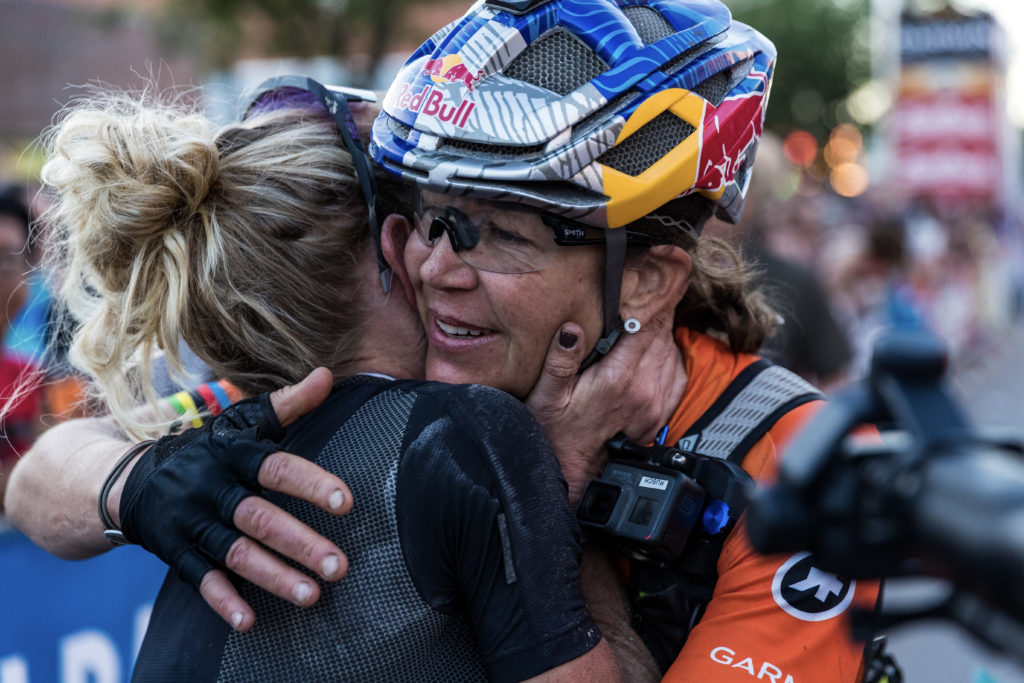
Garmin: Thoughts when you knew you were going to finish as the first female? OR thoughts when crossing the finish line?
RR: My stated goal before I started the DKXL was “to finish.” While people were asking, “do you want to win” or saying, “you will win”, I tried to tune those out and focus not on a placement goal but a finishing goal because there are so many factors in a race this long and it’s about so much more than just fitness and leg speed. It’s hard to predict a winner like you would a horse race. I also wanted to focus solely on my performance and knowing if I felt I had a strong performance, then the result wouldn’t matter. Of course winning is intoxicating and it’s a great pat on the back for the work and hard effort put in, but that was not my goal at the start. When I go to the last resupply point about 40 miles from the finish, that was when I realized I probably wasn’t going to see any of the other women behind me and I relaxed a little bit…although there was no guarantee because there is no way to communicate out there. I had passed the first place female at about 3 AM and had no idea that later she had dropped out of the race. I raced until the end because you never know what’s going on behind you. Instead of racing a person at that point, I decided to race the sunset and try to hammer the last 40 miles and make it before 8:45 PM. This was a great diversion and something to keep me motivated after such a long ride. The finish was pulling me like a magnet and I couldn’t wait to see my friends who had believed in me more than I believed in myself. The feeling at the finish line is hard to explain. There is a deep feeling of personal accomplishment but also an elation to seeing all of the fans and friends who are celebrating life on two wheels. This year was especially impactful because the juxtaposition of being alone for over 28 hours and then slingshotting into the mayhem and celebration with so many other people really emphasized that I love and need to be in both places pretty regularly…alone with my bike and also together with my tribe. This was the perfect combination of both.
Garmin: What was the best part of your ride? The worst?
RR: The night riding was spectacular. The sky was alive with storms swirling all around me, but not hitting me. I also saw so many animals at night that I never felt alone. Sunrise is also a highlight when I knew I could make it and just at that moment, I rode through a swirl of yellow butterflies.
Worst part: seeing Sarah Cooper, one of the top women by the side of the trail with a broken collarbone.
Garmin: 350 miles is a loooong way to ride. What does recovery look like for an event like this?
RR: I was really pretty spent for 3 days..puffy legs, lethargic, and depleted. A week later, I’m back to doing easy rides and getting back into the flow. I feel pretty recovered after one week and will begin regular training again.
Garmin: Tips for anyone wanting to try the XL in the future?
RR: The biggest thing is to get experience riding multi-day excursions and being totally self sufficient. This means learning to navigate, learning bike maintenance, learning pacing and nutrition that works for the long haul. You have to be physically ready to ride the distance, but there is so much more to it than the physical preparation, so do the training for your legs, but don’t forget to train all of the other factors necessary for success in an event this long.
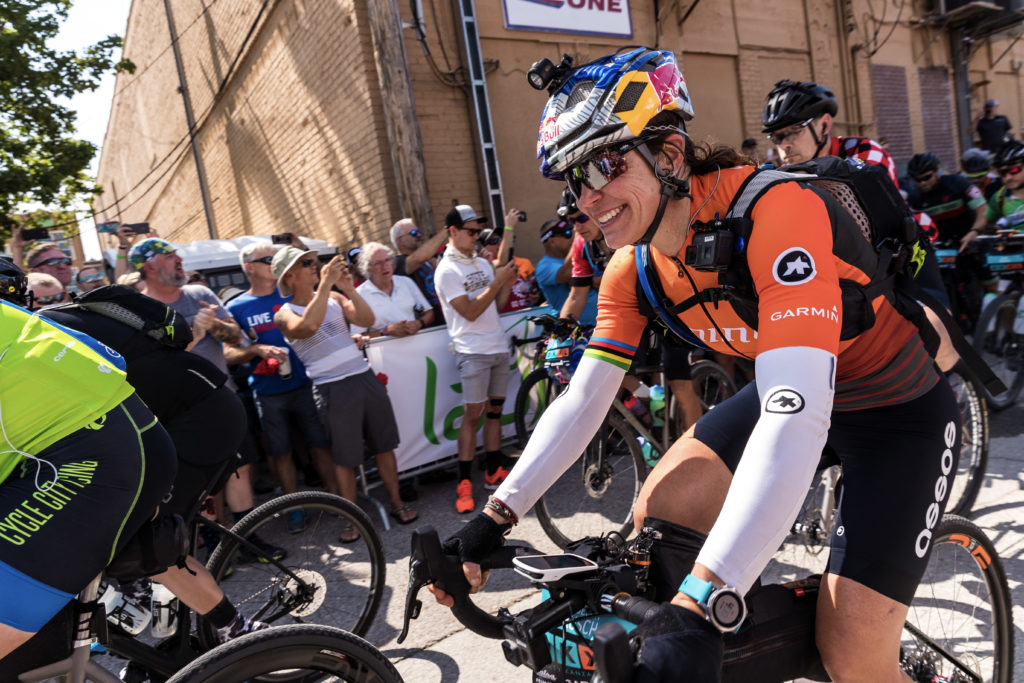
Garmin: Think your next DK ride will be the XL?
RR: YES absolutely! But it is a hard decision…I do love the 200, but I feel like the 350 is even more up my alley when it comes to adventure riding. If they were on different weekends, I’d for sure consider doing both.



